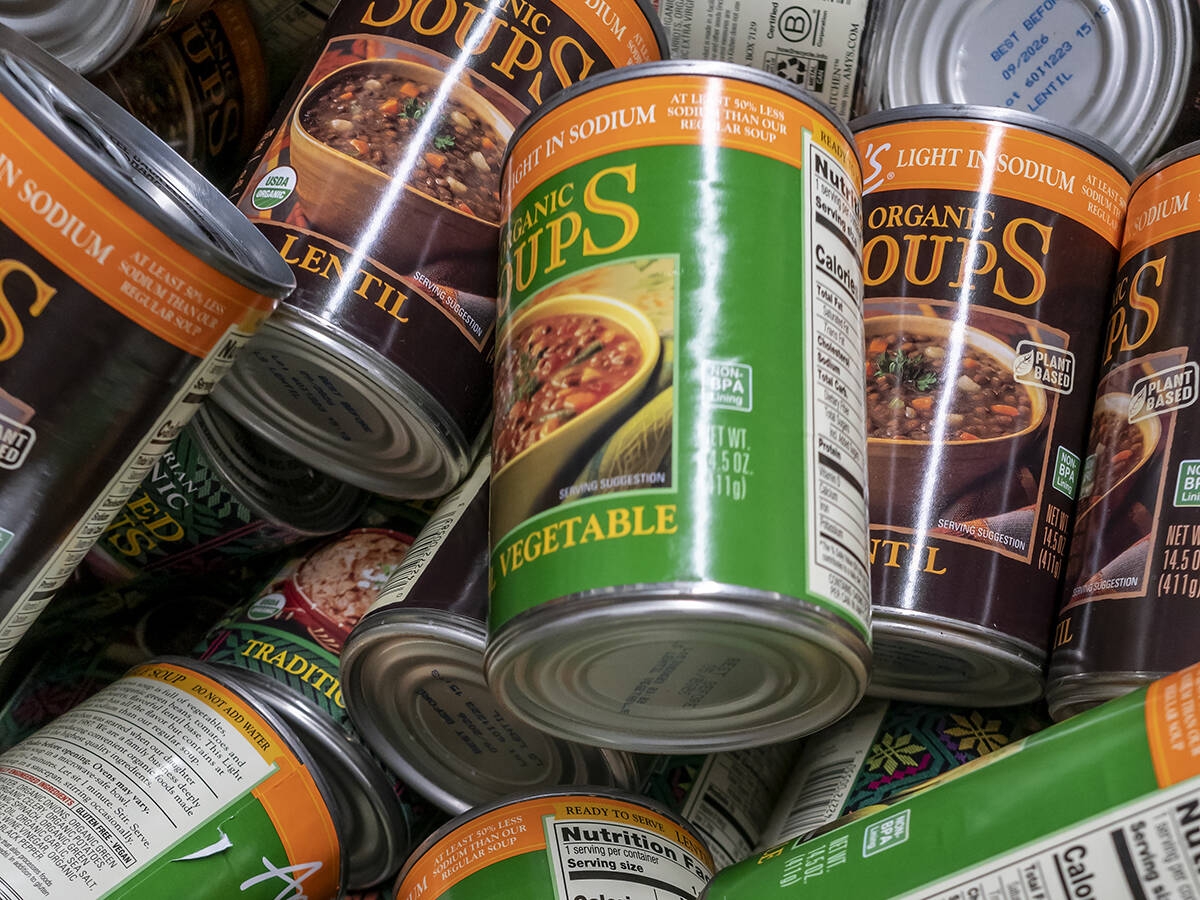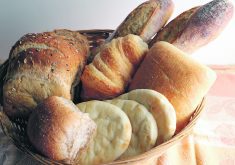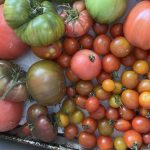These are the minimum daily requirements of the foods necessary to protect health:
For rural prairie families who had endured the crop failures, economic depression, unemployment and drought of the 1930s, the rationing, recycling and preserving that were demanded during the Second World War were not much different.
With the declaration of war in 1939, there was an immediate demand for food, soldiers, workers and military supplies. Many unemployed young men were the first to enlist.
Canada had a large commitment to provide food to Great Britain and other war-ravaged allies and to supply food for the increased military personnel in defence posts, such as Newfoundland. The demand for food also included supplying the convoys and battleships that docked at Canadian ports as well as food for Red Cross parcels for prisoners of war.
Read Also

Sustainable food has ‘lost all meaning’: prof
That marketing strategy is deader than a doornail, says a University of Guelph professor who specializes in consumer preferences and perceptions of agriculture and food.
Increased production was encouraged to meet the demand for food. In 1940, farmers seeded more acres to wheat than ever before and harvested an astonishing 500 million bushels. It was far more than could be used by Canada and Great Britain combined.
In April 1941, federal agriculture minister James Gardiner delivered an urgent radio address to the nation’s farmers, asking prairie wheat growers to grow more coarse grains, grass and hay to aid in increasing the production of hogs, cheese, butter and cattle.
Between 1940 and 1943, wheat acreage in the prairie provinces was reduced by 42 percent through a combination of controls, subsidies and price guarantees. During this time, flax production increased by 800 percent from pre-war production because linseed oil was essential for industrial and military uses.
To supply the needs for munitions and military equipment, Canadians were encouraged to salvage metal, rags, bones, fats and woolen sweaters, socks and fabric. The metal and rags were used in industry and the bones and fat for munitions, while the woolens were remade into blankets to be sent overseas.
A universal price freeze was started in December 1941, which was followed in January 1942 with coupon rationing. The goals of rationing were to reduce hoarding and profiteering, conserve protein and calorie rich food such as butter, cheese, milk and eggs for the soldiers and reduce costly imports of sugar, tea and coffee. A Gallup Poll conducted in the fall of 1943 found that sugar was missed most by 30 percent of the respondents. Other rationed food included meat cuts, coffee, preserves, canned fruit and restaurant cream and sugar.
Many farm women were already producing eggs and dairy products for their families and local marketing, so they increased their production and marketed their products through creamery and poultry co-operatives. Many farm wives also began to keep bees for honey production because of sugar rationing.
It became apparent after Canada entered the war that Canadians had a severe malnutrition problem. There were alarming rates of medical rejections by the Canadian military, and the country’s leading nutrition experts said upwards of 60 percent of the country was suffering from some form of vitamin and mineral deficiency. This situation was, in some part, due to the crop, food and job scarcities of the 1930s Depression era.
The Canadian government responded to the nutrition crisis in 1941 by launching its first-ever national nutrition education program. At the heart of the nutrition campaign was Canada’s Official Food Rules, a precursor to the 2019 Canada’s Food Guide to Healthy Eating.
In her May 2, 1940, column, Violet McNaughton, women’s editor of The Western Producer, encouraged readers to plant tomatoes, potatoes, onions, carrots, turnips, peas and cabbage in their gardens to increase the nutrition of their family’s diet.
Canadians embraced the idea of gardening and using local produce. In towns and cities, lawns were converted to Victory Gardens. The fresh garden produce helped to improve their diets, as well as provide food for export. In 1943, 115 million pounds of vegetables were grown in wartime gardens in communities larger than 1,000 people. This did not include produce grown in smaller communities and on farms.
To preserve the produce and to eliminate waste, federal agriculture department home economists promoted home canning and other food preservation methods through public demonstrations and publications. In 1942, Canadian women made 527,000 lb. of jam that was sent to Britain in addition to the jam used in Canada. It was distributed to nurseries, orphanages and bombing victims in many parts of Britain.
With the need for increased food production and the loss of farm labourers to the military and manufacturing sector, many farm women took on the extra work. In her Oct. 28, 1943, column, McNaughton shared the story of a young mother with two little tots. While her husband ran the combine and tractor, she became the handyman, fixing snow fences in which to put the grain because they lacked granary space and doing the chores, in addition to making dinner and taking it to the field. One afternoon she shovelled 120 bu. of flax into a granary, all while her two little girls were playing in the field or around the truck.
To ease the farm worker shortage, home defence soldiers were sent home to help and students were released from school during seeding and harvest. Also, urban residents were encouraged to work on farms during their holidays.
War service for rural women varied: some took Red Cross home nursing classes to be able to help in their communities if there was a shortage of nurses and doctors, while many others knitted Red Cross war socks to be sent to the troops.
Used clothing and blankets were gathered for relief kits for war refugees, and care packages with cookies, letters, socks, cigarettes and canned food were sent to service men.
Many prairie families opened their homes to children evacuated from Britain, or “guest children,” as the government insisted they be called to give the impression that they would only be in Canada for a short time.
News about the war was found in all sections of the newspaper. In the Jan. 11, 1940, issue of the Producer, a photo and report about British planes heading to France was on the same page as the United Farm Women and Homemakers’ reports. The ever-present worry and concern for community and family members who were serving overseas were on everyone’s minds. Dreaming and planning for the post-war years gave people hope for the future.
Official Food Rules
These are the minimum daily requirements of the foods necessary to protect health:
Fruits — One serving of tomatoes or a citrus fruit or one serving of tomato or citrus fruit juices and one serving of other fruits, fresh, canned or dried.
Vegetables — In addition to potatoes (of which one serving is needed daily), two servings of vegetables preferably leafy green or yellow, and frequently raw.
Cereals and bread — one serving of a whole-grain cereal and four to six slices of Canada approved bread brown or white.
Meat, fish, etc. — One serving a day of meat, fish or meat substitutes. Liver, heart or kidney, once a week.
Eggs — At least three to four eggs weekly.
Fish liver oils — These oils are essential for all children. They may also be required by adults.
The slogan of the food rules was: “Eat right, feel right — Canada needs you strong!”
– Source: “Wartime Victory Lunches,” a 1943 federal government pamphlet
Betty Ann Deobald, one of The Western Producer’s TEAM Resources columnists, will write a monthly column for the next year examining rural life in each decade of the last century.
















